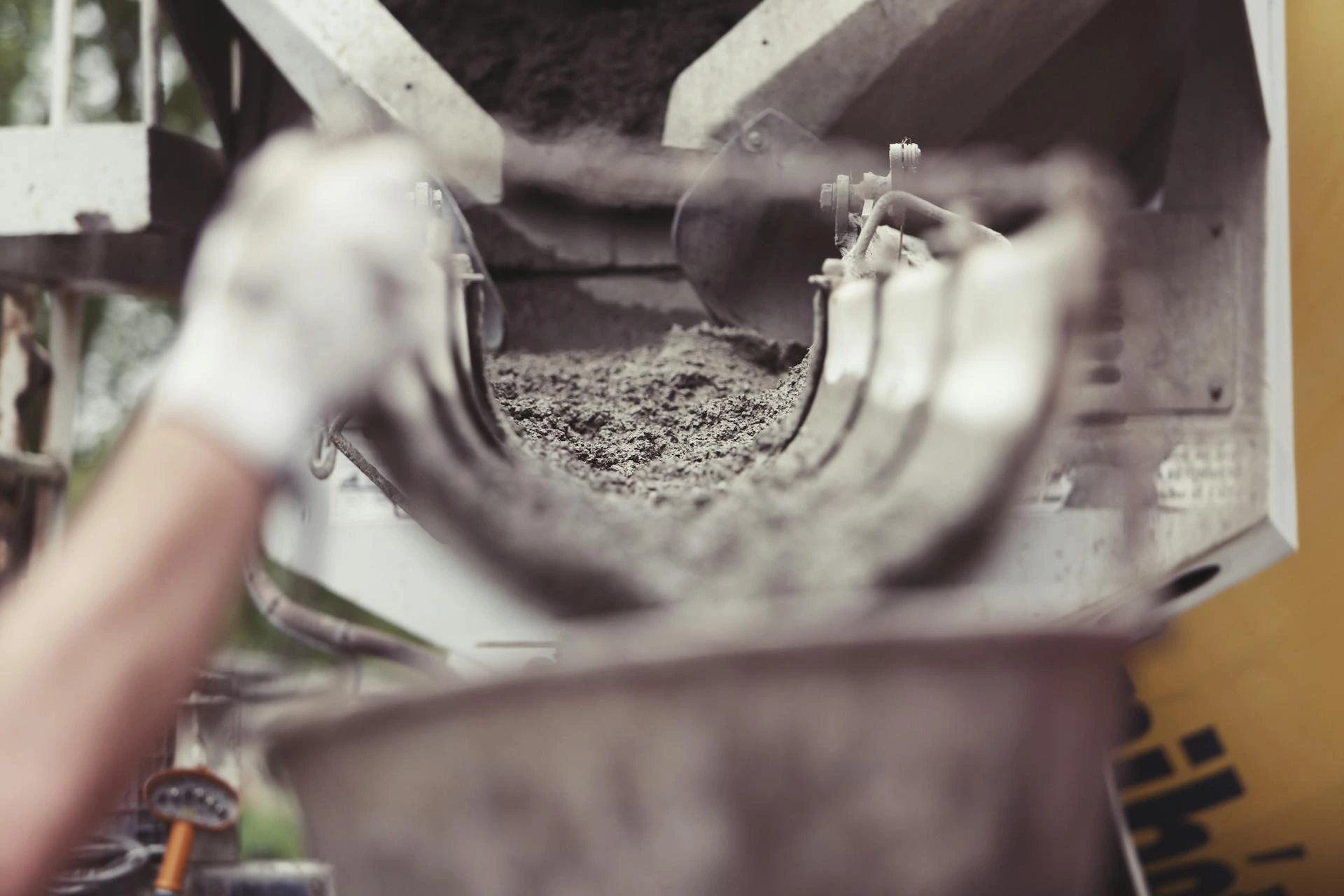
Pacific Cementing Excellence
Pacific FZE offers a complete portfolio of cementing products designed to overcome the most challenging well conditions. Our solutions include specialized cement additives, retarders, accelerators, and various other compounds that ensure optimal cement performance.
Our cementing products are engineered to provide:
- Superior zonal isolation
- Enhanced well integrity
- Customized solutions for various temperature ranges
- Excellent bonding to formation and casing
- Controlled setting times for precise placement